The almost immediate problems on our almost no-plan trip to Yakushima
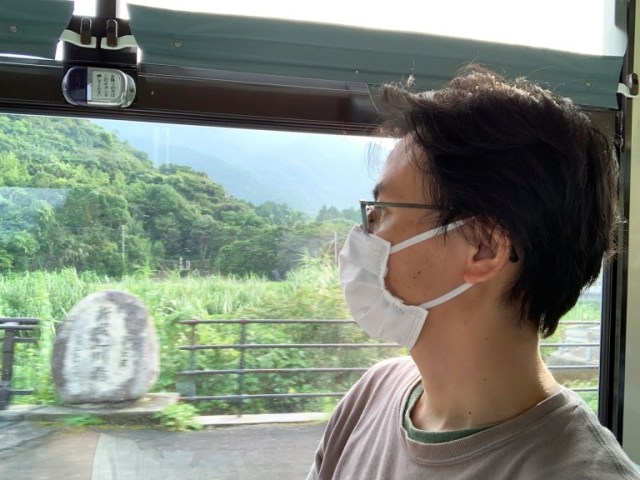
Winging it may not have been the best choice for Seiji’s trip to the Princess Mononoke island.
The best part of travelling is the unexpected adventures and discoveries that you weren’t expecting. At least that’s our Japanese-language reporter Seiji Nakazawa’s philosophy, which is why he tries to plan out as little as possible on is trips around Japan.
So for his trip to Yakushima, the heavily forested island in southwest Japan that’s said to have inspired the lush scenery of Studio Ghibli anime Princess Mononoke, pretty much all Seiji did was book a place to stay and check the timetable for getting to the island. Aside from that, his “plan” pretty much consisted of showing up at Yakushima and seeing what would happen.
From the rest of Japan, you’ve got two options for getting to Yakushima: plane or boat. Flying into the island’s airport, though, is not at all cheap. Even with Seiji’s trip coming after the peak Obon summer holiday period, one-way flights from Tokyo to Yakushima were still priced at about 80,000 yen (US$595), pretty much the same as an international flight.
The more cost-effective choice is to make your way to the port in Kagoshima City on Kyushu, the southwesternmost of Japan’s four main islands, and take a high-speed ferry from there. Seiji’s flight from Tokyo to Kagoshima cost him 13,000 yen and the ferry was another 16,000, saving him about 50,000 yen one-way.
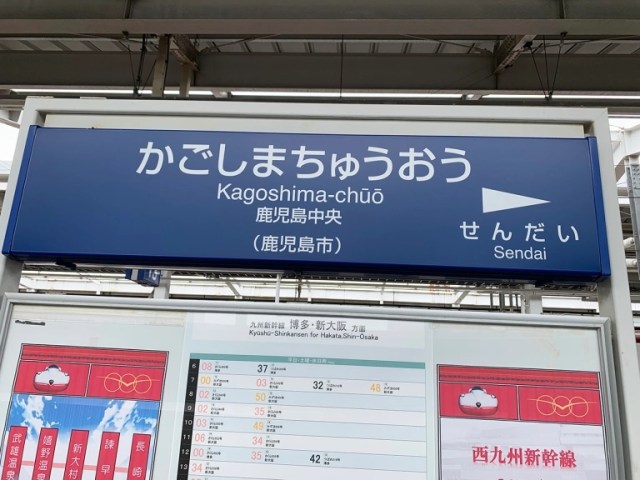
After getting off the plane, Seiji took the train to the closest station to the port, Kagoshima-chuo, where he hopped a taxi to the ferry terminal (which took about 10 minutes and 1,340 yen). It was a Sunday, and there were only two boats that day heading to Yakushima. The 4 p.m. departure had filled up with reservations the day before, but Seiji was able to get a ticket on the earlier ship, which was leaving at 1:20 in the afternoon.
▼ The lines at the ticket counters can get pretty long, so Seiji recommends showing up 30 to 40 minutes before your departure.

The ship left the docks right away, and Seiji was able to enjoy the summer sunshine and the ocean views along the way to Miyanoura Port, on the north side of the island.
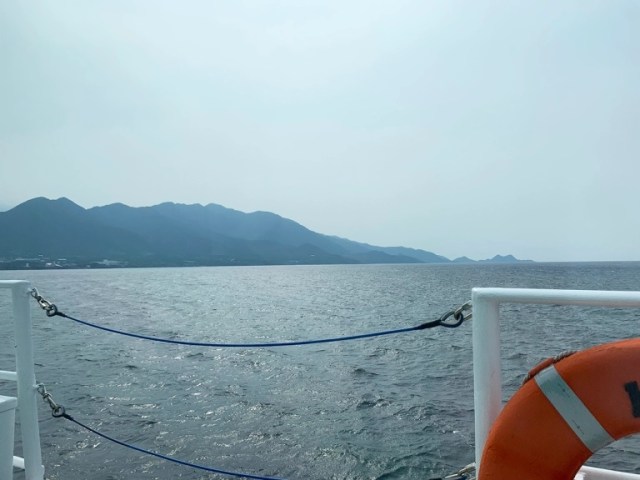
▼ Miyanoura Port, marked by the red arrow
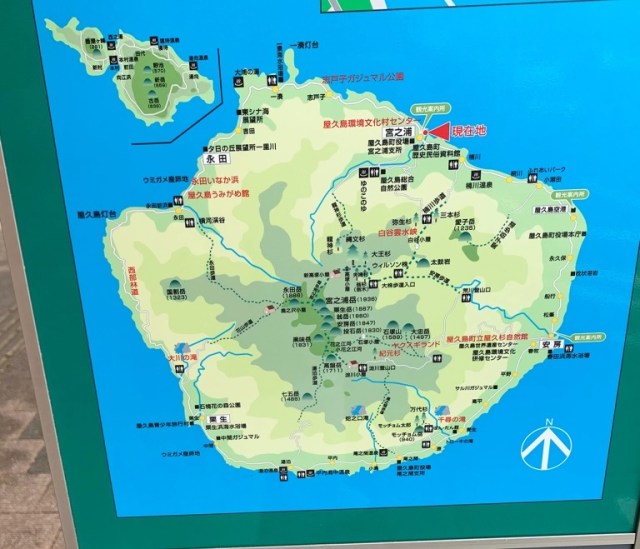
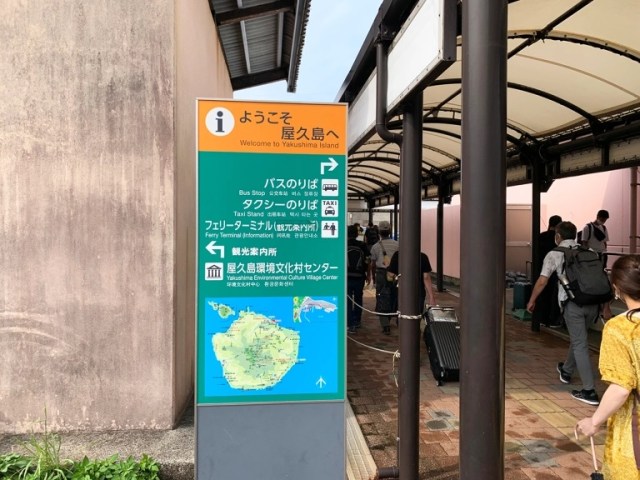
Once they’d docked, Seiji set foot onto Yakushima, and this is where his plan ended, aside from the fact that he knew he’d be staying in the lodge he’d booked a room at on the south side of the island. But like we said, Seiji is a veteran of playing it by ear when traveling, and so he nonchalantly sauntered over to the taxi stand to hail a cab.
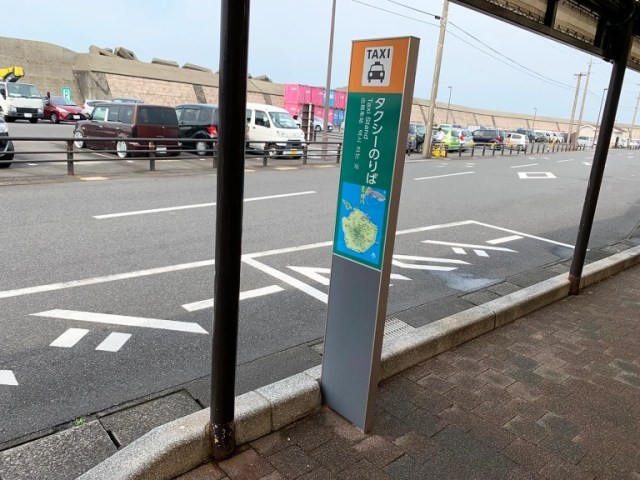
There weren’t any taxis there right at the moment, but no problem, he could wait. So he waited. And waited…and waited, but not a single cab showed up.
This wasn’t anything a simple phone call couldn’t fix, though, so Seiji dialed the number for the local taxi operator and asked for them to send a car. Unfortunately for our overconfident reporter, they told him that every single one of their drivers was already driving a fare somewhere else around the island, and so they didn’t know when they’d be able to send one to pick him up.
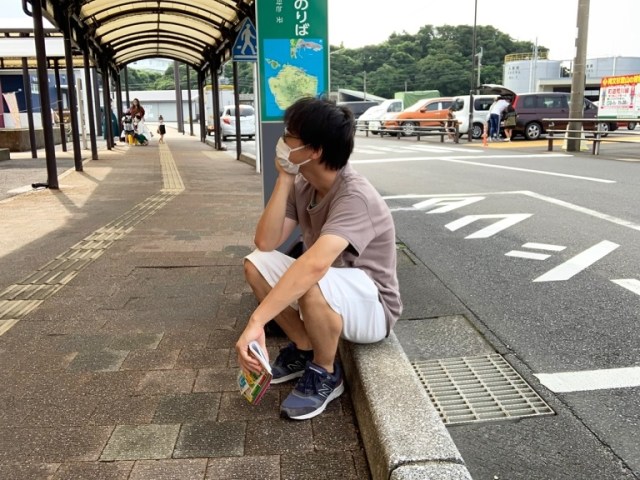
So Seiji started considering his other options. There was a car rental agency, but remember, his lodge was all the way on the other side of the island, and he was staying for a week. The hassle of renting a car to get to his accommodation, only to have to return it to the north side and find another way back the next day, didn’t appeal to him, nor did the expense of keeping the rental for an entire week.
There’s also a bus stop near the port, but by this point Seiji had missed the bus, and there wouldn’t be another coming along for an hour.
Starting to feel like he’d gotten stuck in a role-playing video game, Seiji felt a surge of hopeful optimism when he noticed the Tourist Information Center building. Surely they’d be able to tell him the best way to get across the island, right?
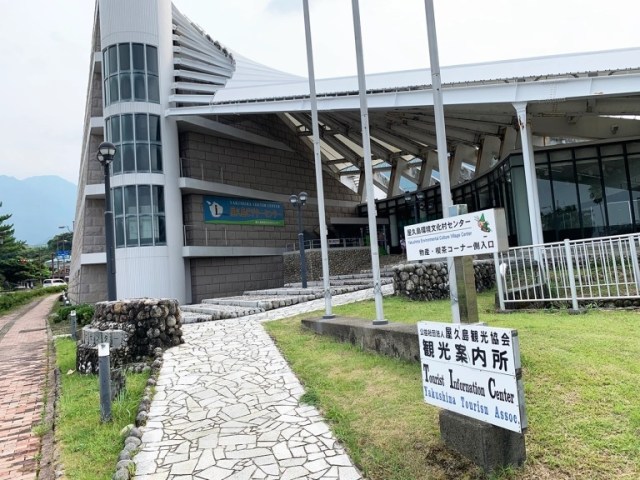
Unfortunately, there was no one staffing the center that day.

While all this was happening, Seiji became aware of another problem: he was hungry. He figured he’d grab a bite to eat while trying to figure out how to get out of his predicament, only to find out that since it was late enough in the afternoon that almost all of the restaurants in the area had stopped serving lunch and were closed until dinnertime.
Luckily, a clerk at the port’s souvenir shop was able to give Seiji directions to Kitchen Hub, pretty much the only restaurant within walking distance still serving lunch at that time. Seiji was able to fill himself up with curry there, and on the way he spotted the local police box
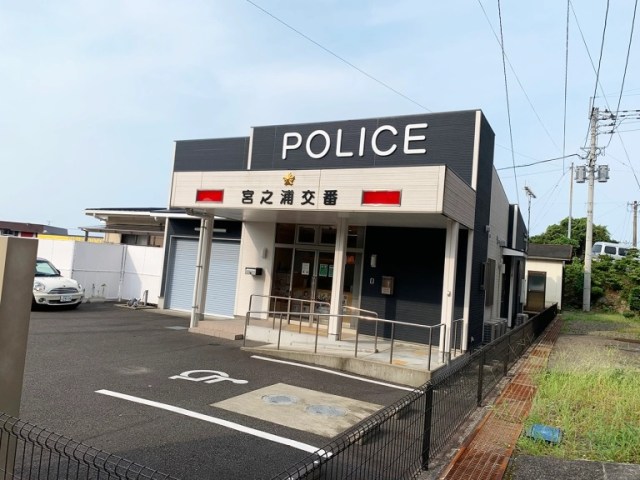
After eating. Seiji popped into the police box to ask the officers for help. They listened kindly and patiently as he explained that he’d come all the way from Tokyo and needed to get to the other side of the island, then they told him “You’re gonna have to take the bus.”
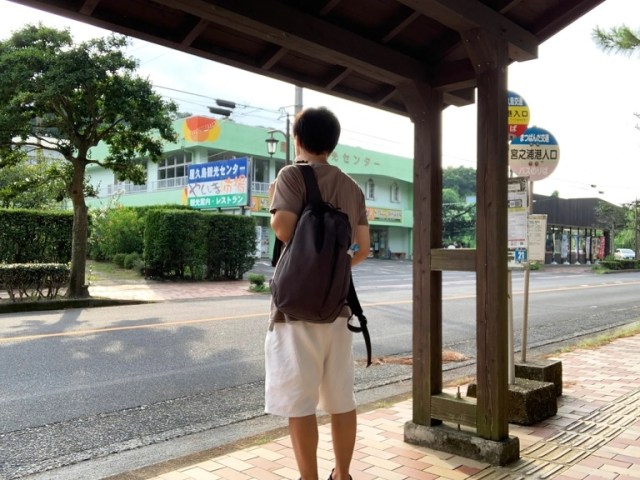
So it was back to the bus stop to wait, though the officers were nice enough to show Seiji on a map where the closest stop to his lodge was going to be.
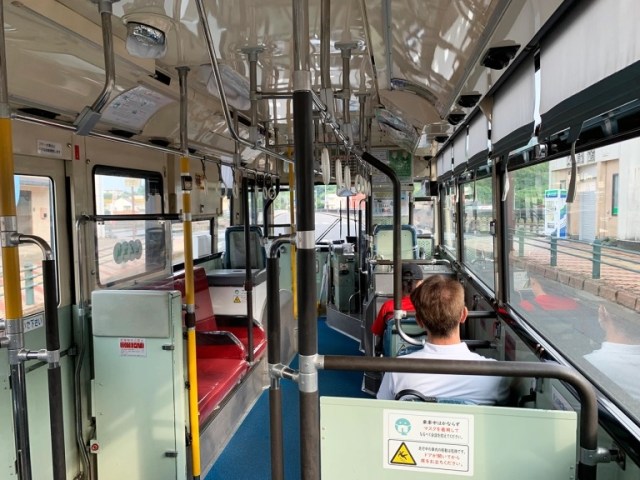
So in hindsight, as much fun as it can be to travel with only the bare minimum of a plan, a little more prep work would have been a good idea. That actually holds true for trips to other rural parts of Japan too, since while the country is rightfully famous for the high quality of its public transportation systems, service gets increasingly infrequent the farther into the countryside you’re venturing.
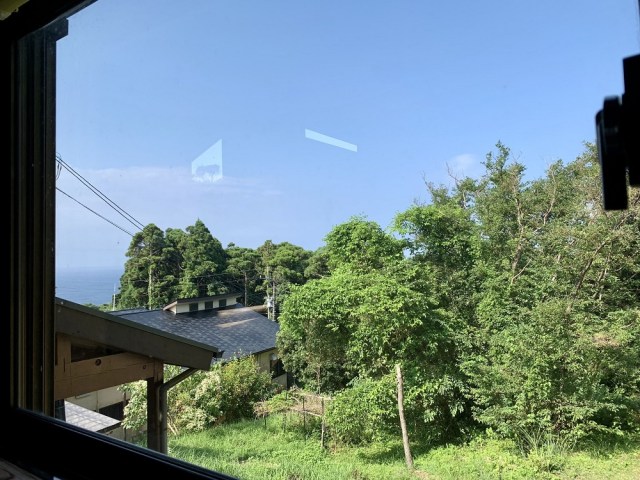
Thankfully, Seiji was eventually able to get to his lodge, so all-in-all this was a more successful expedition than what happened when he tried to go to “Laputa Island.”

We’re still keeping our fingers crossed that he’ll be able to make it back to Tokyo, though.
Photos © SoraNews24
● Want to hear about SoraNews24’s latest articles as soon as they’re published? Follow us on Facebook and Twitter!
Credit:

0 comments:
Post a Comment